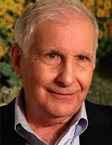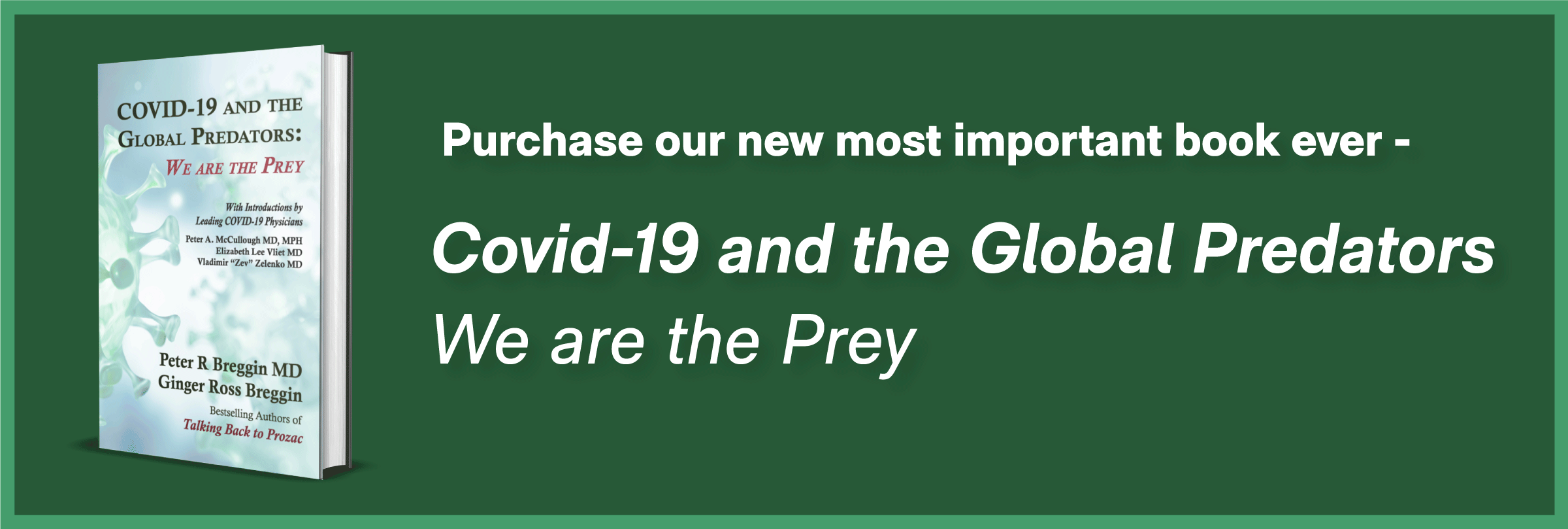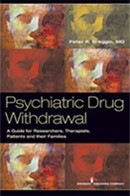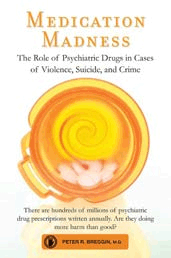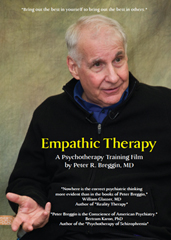U.S. Attention Deficit On Legal Drug Risks
By Arianna Huffington December 7, 1998
(Thanks to Arianna Huffington for permission to reprint)
Ten days ago (November 27, 1998) the Food and Drug Administration issued new rules that require drug companies to study a lot more thoroughly the safety and effectiveness of drugs for children. Staggering though it is to believe, many drugs regularly prescribed to children have been tested only on adults. Even their labels admit as much: “Safety and effectiveness in pediatric patients have not been established.” Nonetheless, these drugs continue to be peddled to children, while unwitting parents and society as a whole turn a blind eye to the unknown and potentially disastrous long-term effects.
On the surface the FDA ruling is good news indeed. But it opens an avenue for abuse. Dr. Peter Breggin, author of Talking Back to Ritalin and Talking Back to Prozac , told me, “FDA pediatric approval could provide an official imprimatur that would give even more confidence to doctors to indiscriminately drug children. It could become another marketing strategy.”
One way to prevent this is to demand that all studies — whether they show adverse effects or benefits — are made available to the public, and end the practice of ceding to the drug companies proprietary rights to the information. “The public might be shocked to learn,” Breggin told me, “that the vast majority of studies done for the FDA approval of psychiatric drugs such as Prozac show them to be of no value whatsoever. The companies are allowed to pick out two often marginally or questionably successful studies as ‘proof’ that the drugs work.”
Making all studies available is all the more urgent given the growing evidence that the drug companies, by sponsoring research and offering grants, trips and other perks, are contaminating the conclusions of the research. Examples proliferate.
The most recent involves three doctors editorializing in the British Medical Journal that Prozac is not addictive — presumably the same way Big Tobacco-paid research assured us that nicotine was not addictive. In this instance, the doctors had just returned from an all-expenses-paid — by Prozac manufacturer Eli Lilly — trip to a symposium in Phoenix.
The FDA decision coincides with a report issued by the National Institutes of Health which conceded that for the most widely medicated childhood “condition” — attention deficit disorder — “there is no current, validated diagnostic test.”
This hasn’t stopped prescriptions of Ritalin to children diagnosed with Attention Deficit Hyperactivity Disorder from jumping to 75 percent in 1996, up 20 percent since 1989. At the same time, the percentage of those receiving psychotherapy dropped from 40 percent to 25 percent. Such statistics highlight the crass, bottom-line approach of most health care providers, who prefer relatively cheap drugs to costly therapy. But they also speak to our lazy culture’s inclination to medicate major social problems rather than act on them.
This problem was summed up by Dr. Lawrence Diller, author of Running On Ritalin: “Settling for Ritalin says we prefer to locate our children’s problems in their brains rather than in their lives.” Diller described three candidates for ADD diagnosis: 4-year-old Stevie, and his two younger sisters, all of whom get dropped off for preschool at 7 a.m. by their dad and are picked up at 5:30 p.m. by their mom “if she isn’t running late.” Stevie is overly aggressive, and his parents, whose own marriage is troubled, are desperate, demanding a fix: prescription drugs.
In most cases, parents get the short-term relief they’re looking for from prescription drugs, but as Breggin put it: “Behaviors are signals that should be interpreted and understood, not suppressed.”
The over-prescribing of drugs has made possible the suppression of signals a society needs to detect and address growing problems — in this case, the failures of our managed care system; the pressures imposed on children by two working parents, longer work hours and inadequate child care; and the connection between legal and illegal drug abuse.
This last may be the least well known, but has the potential to become the most dangerous. Dr. Nadine Lambert, a developmental psychologist at U.C. Berkeley, published a paper in October with the chilling finding that children on Ritalin are three times more likely to develop a taste for cocaine. Meanwhile, the Drug Enforcement Administration reports increasing Ritalin abuse among adolescents who sometimes crush it into a powder and snort it — which can lead to heart failure.
When the government spends $16 billion a year on the drug war, and when more than half those in jail are nonviolent drug offenders, isn’t it time we connected the dots between prescription drugs and street drugs? How many more prisons do we have to build to jail offenders whom, earlier in life, we had drugged with abandon?
